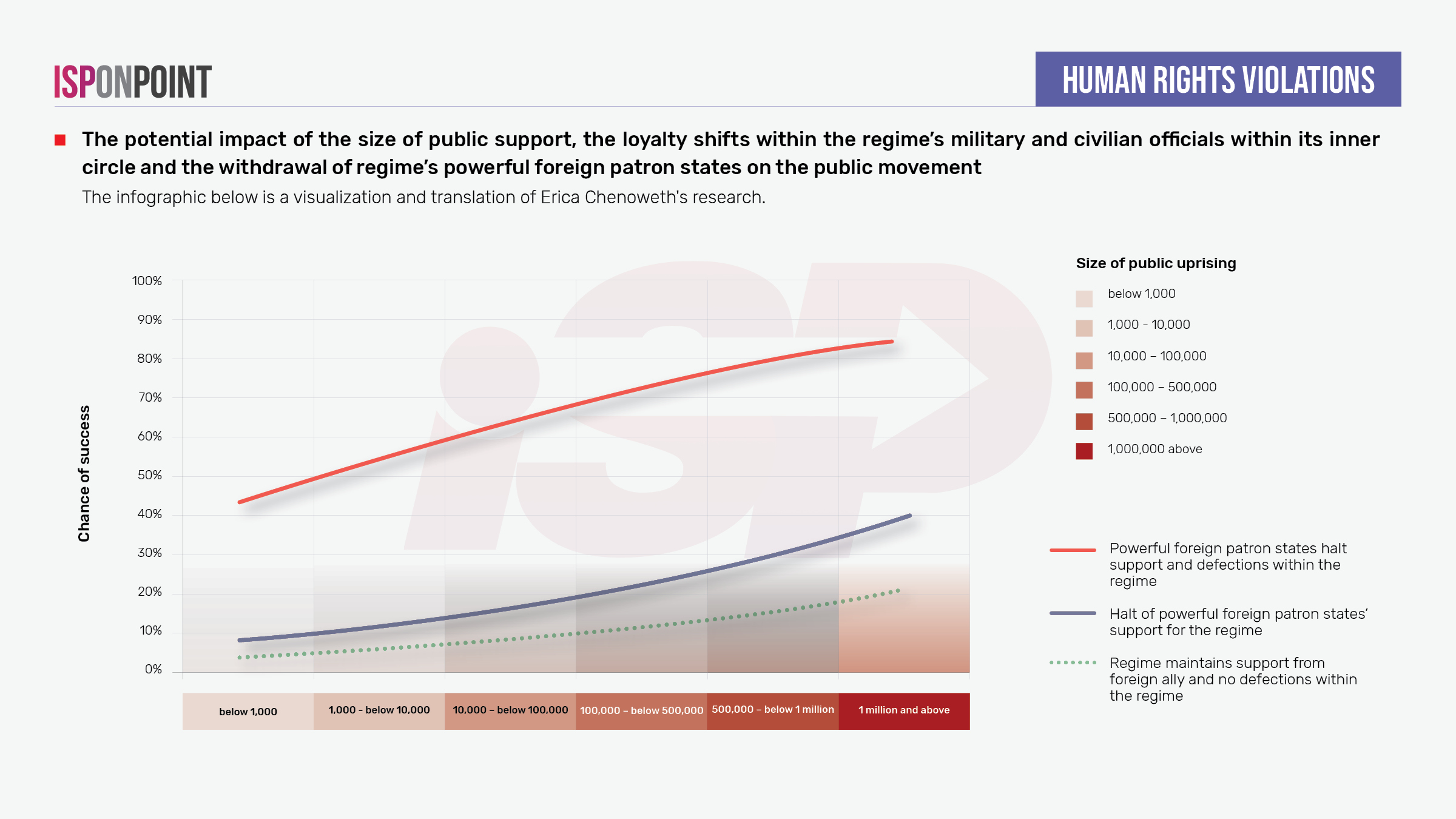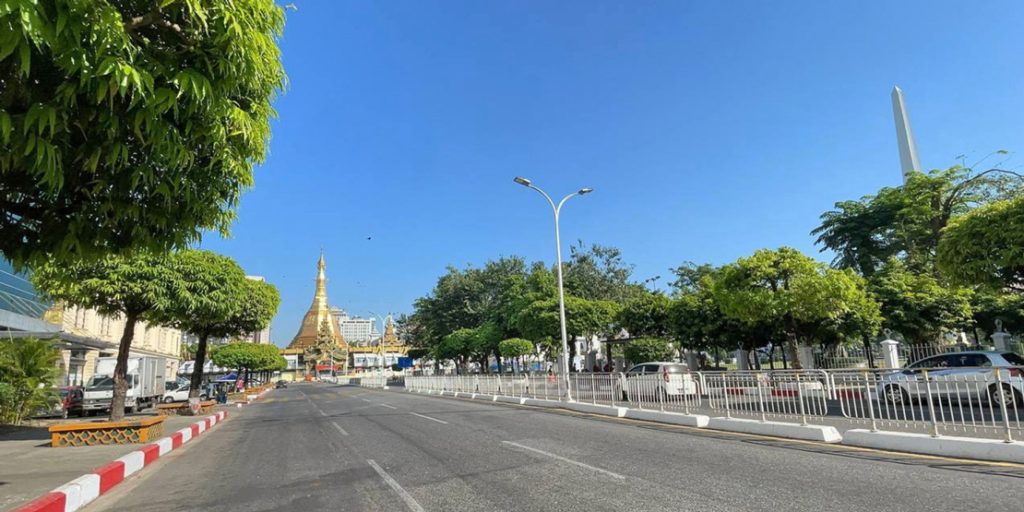On Point No. 2
(This article is a translation of the Burmese language version that ISP-Myanmar posted on its Facebook page on December 10, 2021.)
Events
Today, 10 December, a nationwide silent strike was launched. Photographic records indicate strong public participation and widespread awareness of the strike. The strike’s slogan is “We are being denied basic Human Rights; Occupy through the Revolution!”
∎ Preliminary Analysis
The achievement of the “silent strike” encapsulates the people’s obstinate refusal to accept the coup, as well as their robust ability to rebound like a tumbling Kelly (Pyit Tai Daung). There has been a significant degree of public participation in this campaign.
This campaign is principally defined by the people’s continuing opposition to the legitimacy of the military. In Myanmar, even though tyrants and autocratic ‘strongmen’ have routinely lost the support of the majority of the population throughout history, they have usually had an adequate level of support and cooperation from a reasonable proportion of opportunists from different sectors. These opportunists often include some religious leaders, as a result of the pre-existing patron-client relationship between the military and religious leaders (Saya-Daga Relationship), businesspersons, writers, journalists, media personnel and public figures from the entertainment industry, including singers and actors if not all. As a result, tyrants would maintain their power by relying more on opportunists within the inner circle of their network, without the support from the general public, “the outer circle.”
Despite these imminent precedents, these opportunists are no longer showing support to the State Administration Council (SAC) – something unprecedented in Myanmar’s political history – and those who have engaged with the SAC have withdrawn due to public outcry ten months after the coup.
Meanwhile, the campaign gained tremendous interest because it illustrated the ongoing combination of different forms of resistance, rather than a transition from non-violent resistance to armed resistance. The current “silent strikes” increase public participation and enhance confidence in the cause. In addition, this method, which carries the lowest risk of casualties, and unlike armed resistance, does not require participants to maintain high levels of confidentiality. Thus, members of the same community and colleagues from the same office can simply participate. The sense of being a crucial part of a mass movement strengthens your sense of self-organization and ensures that you remain a part of the movement striving for justice for as long as possible. Furthermore, the campaign provides a chance for pro-military individuals within their inner circle who have become disillusioned with the ongoing situation to change their position or, at the very least, to change their sympathies. Lastly, it can gain extensive international attention.
As mentioned in What Matters No. (1) published by the ISP-Myanmar on 5 March 2021, the following three facts are the elements that allowed the SAC to shoot itself in the foot:
1) sustained campaign participation, in terms of both size and diversity (for instance, the ability to sustain over one million participants and use diverse forms of struggle)
2) loyalty shifts within the regime elites, security forces, and civilian administrators of the government mechanisms
3) withdrawal of support from the regime’s powerful foreign patron states which provide political, economic and diplomatic assistance.
Studies show that mass movement is 85 percent likely to succeed when these three situations are met. Even if the powerful country continued to support the regime or if none of the regime members changed their positions, the massive public movement could still lead to a success rate of above 20%. (See the chart.)
Public movements encompass campaigns that have methods of concentrating the potency of the movement, such as mass protests on the streets, as well as campaigns that use methods of dispersion, such as consumer boycotts, pot-and-pan campaigns, civil disobedience movements, and silent strikes. Almost every leading researcher in the field of public protest movement studies has stated that only a combination of varied methods is likely to produce successful results.
∎ Scenario Forecast
In the next few years, the SAC is unlikely to achieve stability on the ground or public cooperation if these tactical public campaigns continue, creating greater challenges to their political legitimacy. Our analysis, therefore, shows that credible elections cannot be held within two and a half years as suggested by the SAC’s roadmap. Nonetheless, transforming the expressive participation of different forms of public movement against the rule of the military into strategic participation that decisively targets a political solution remains one of the main challenges facing the leaders of the Spring Revolution.


